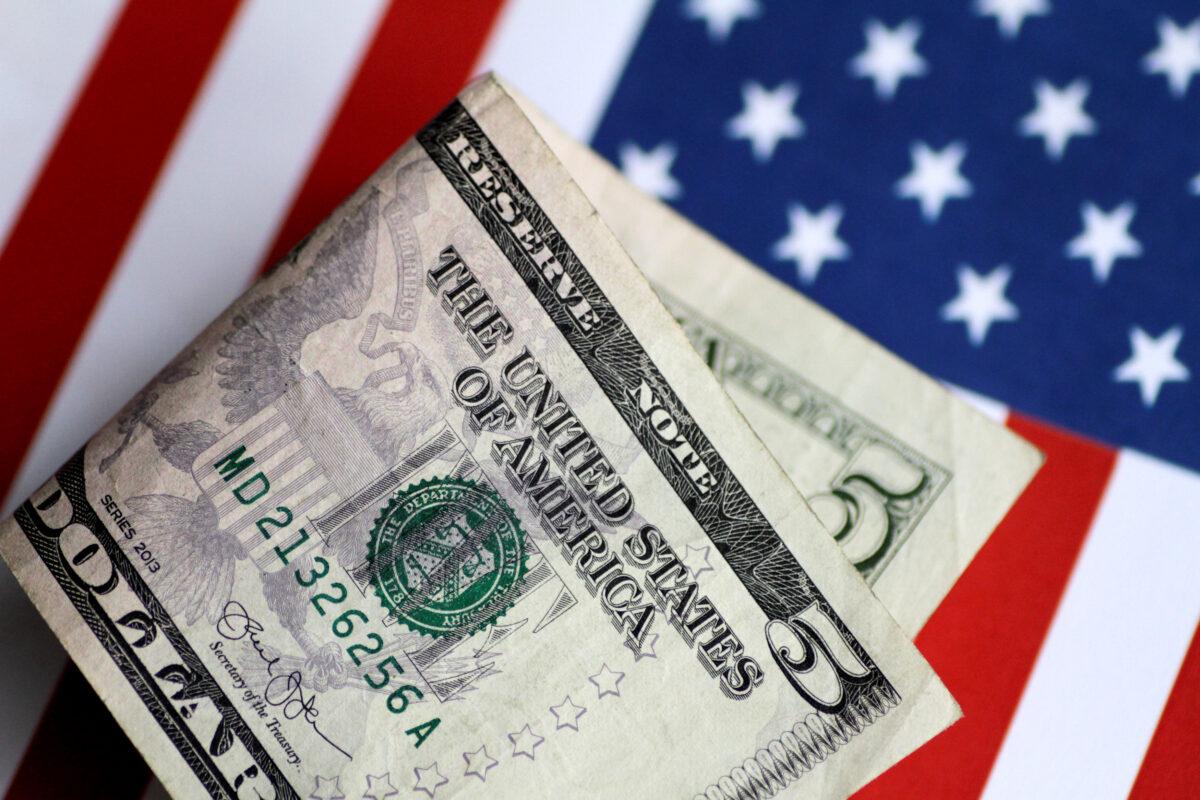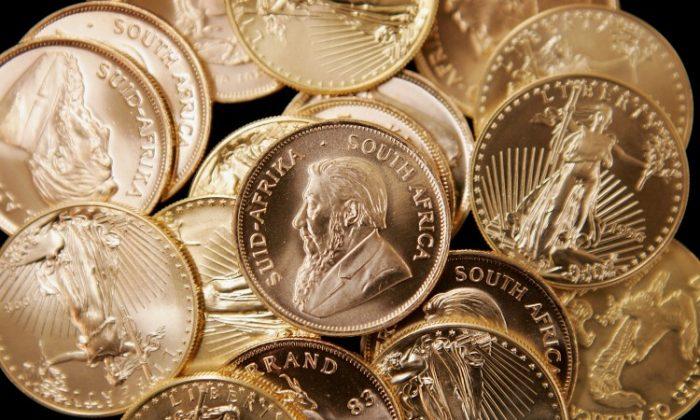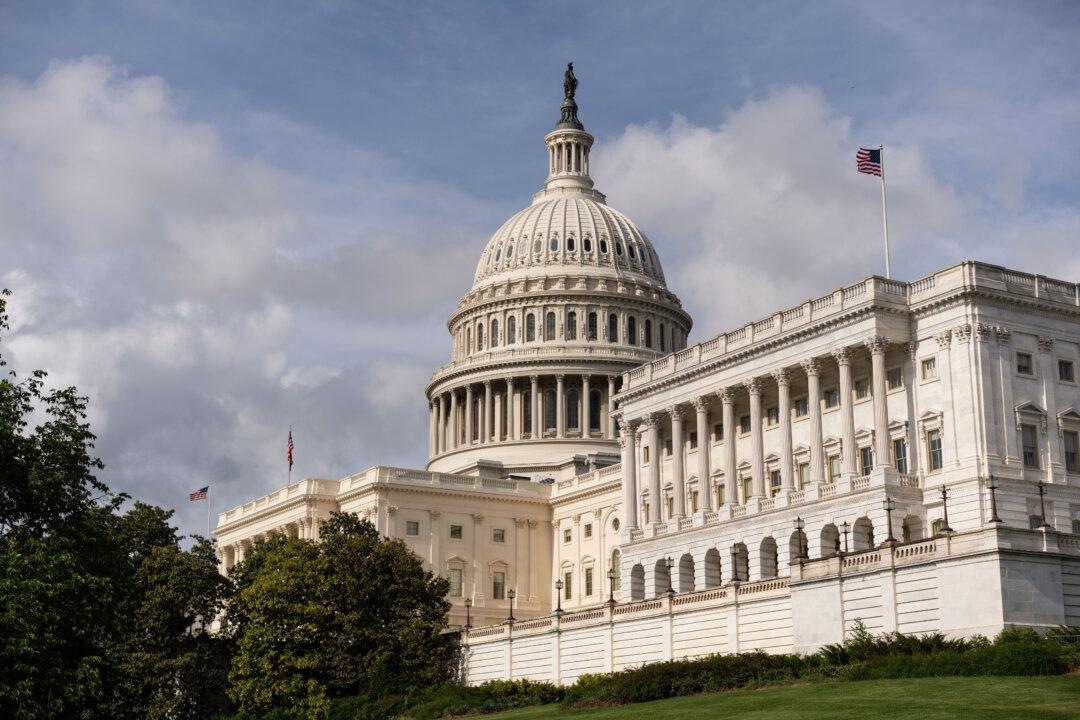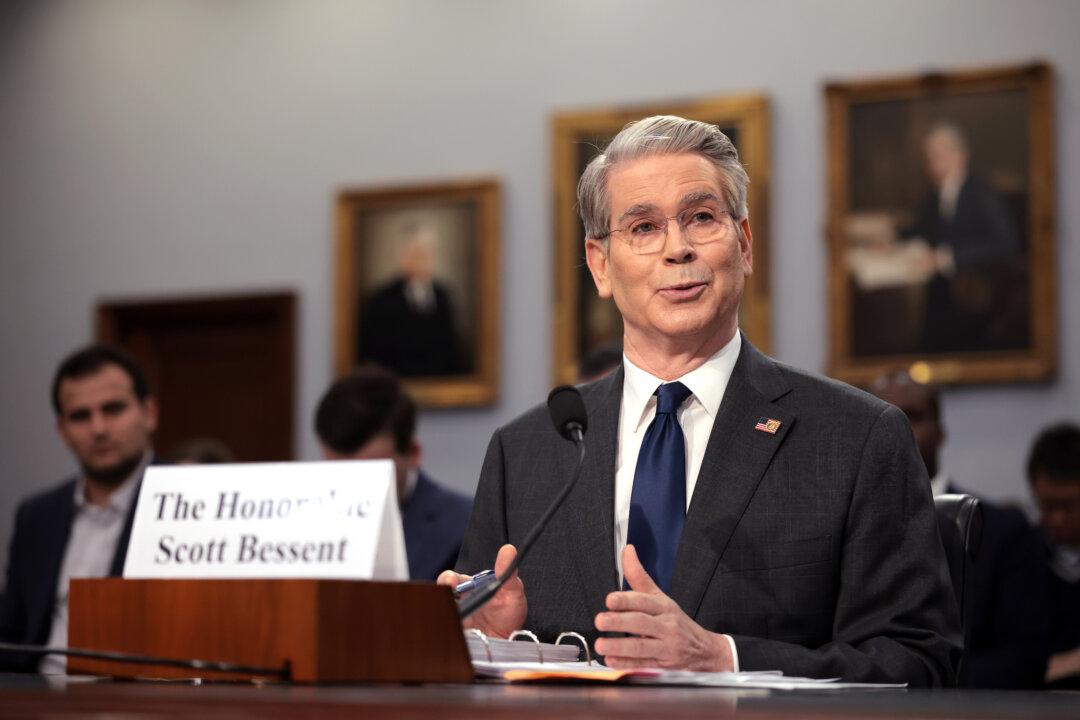After a stock market bull run, a strengthening U.S. dollar, and immense investor confidence weighed on gold prices for much of 2021, a surge in global inflation and growing economic concerns have sparked a more than 5 percent gain for the metal.
After recently hitting its best level since the middle of June, some market analysts have turned bullish on gold’s prospects, anticipating a breakout rally.
December gold futures advanced to about $1,869 per ounce on Nov. 17 on the New York Mercantile Exchange. Silver, the sister commodity to gold, also climbed above $25 per ounce midweek.
Can gold maintain its image as a hedge against inflation, or will tightening monetary policy limit its latest leap?

International Broad-Based Inflation
In October, the U.S. annual inflation rate surpassed 6 percent, while Canada’s consumer price index (CPI) surged to an 18-year high of 4.7 percent, and inflation in the UK increased to a worse-than-expected decade high of 4.2 percent.Some of the vital inflation measurements for Federal Reserve Chairman Jerome Powell show signs of overheating.
The personal consumption expenditures (PCE) price index is running north of 4 percent. Inflation pressures have also become broad-based, including higher prices for food, energy, retail, shelter, automobiles (new and used), and medical care.
In September, the annual price increases for durable goods have topped a 40-year high at 7.3 percent.
Aneta Markowska, the chief financial economist at Jefferies Group LLC, argued in a recent note that “the U.S. is entering the tightest labor-market conditions since the 1950s.” This would intensify wage pressures, making high inflation more persistent.
Powell told reporters following this month’s Federal Open Market Committee policy meeting that the central bank remains “patient” on interest rates. However, many surveys of economists and market analysts, including the CME FedWatch Tool, indicate that the Fed may pull the trigger on a rate boost as early as June 2022. The Fed’s dot plot, which highlights officials’ interest rate expectations, will be released next month. The previous September dot plot showed half penciling in at least one rate increase in 2022.
Looking ahead, economists say that two issues are threatening prolonged inflation: supply and demand in labor and surging real estate prices.
US Dollar Rallies in 2021
The U.S. dollar has been the surprise breakout asset in the financial markets. Before the start of 2021, many strategists had forecast either an anemic or sluggish year for the greenback. However, this has not been the case for the international reserve currency.The U.S. Dollar Index (DXY), which gauges the buck against a basket of currencies, climbed to a 52-week high of 96.24 on Nov. 17. Year-to-date, the DXY has surged close to 7 percent.
A stronger greenback is typically bearish for dollar-denominated commodities because it makes it more expensive for foreign investors to purchase. Should there be an inverse in the two assets? This is a normal trend, says Tavi Costa, a portfolio manager at Crescat Capital LLC.
“It’s not so much the dollar being strong. It’s the dollar being strong relative to other currencies,” Costa told The Epoch Times.
“We’re starting start to see gold hit new all-time highs against a lot of other currencies—the euro, the British pound, the Japanese yen, and the list goes on and on.”
Where Are Gold Prices Headed?
Commodity analysts at French bank Société Générale project that the gold market is poised for higher prices after several months of consolidation. In its latest forecasts, Soc Gen expects gold prices to average around $1,950 per ounce in the first quarter of 2022, representing a more than 4 percent boost from current prices.“The Fed seems to be reluctant to increase interest rates any time soon, this combined with high inflation create the perfect mix of negative real rates for gold,” the analysts said. “Inflation is expected to retreat in the second half of next year while interest rates slowly increase. The U.S. real rates should turn positive again by the end of 2022 and see gold goldilocks moment passing.”
“Prices should come down towards $1,830 because of the rising dollar and statements from Fed members in regards to interest rate hikes in 2022. But don’t expect a severe free fall,” Kedia said.
As inflation readings accelerate and real interest rates continue to slip, short- and medium-term gains could be realized, according to analysts at Sevens Report Research. But it might also depend on the U.S. central bank, with many officials, including New York Fed President John Williams and Atlanta Fed President Raphael Bostic, delivering much-anticipated remarks this week.
“What we want to hear from them is a coherent message in terms of the monetary policy. So far, the Fed Chairman has said that there is no rush to increase the interest rate and market players aren’t expecting any interest rate until Q3 of next year,” Naeem Aslam, chief market analyst at AvaTrade, said in a note.
Costa added that there will be a new trend among global central banks to create and improve international reserves “and that means buying gold to improve central bank balance sheets.” By next year, this could turn out to be a crucial pricing indicator for global gold markets.
From monetary policy guidance to the Fed’s tapering of its $120-billion-a-month asset-buying program, many factors will be priced into the global metals market in the next calendar year.





